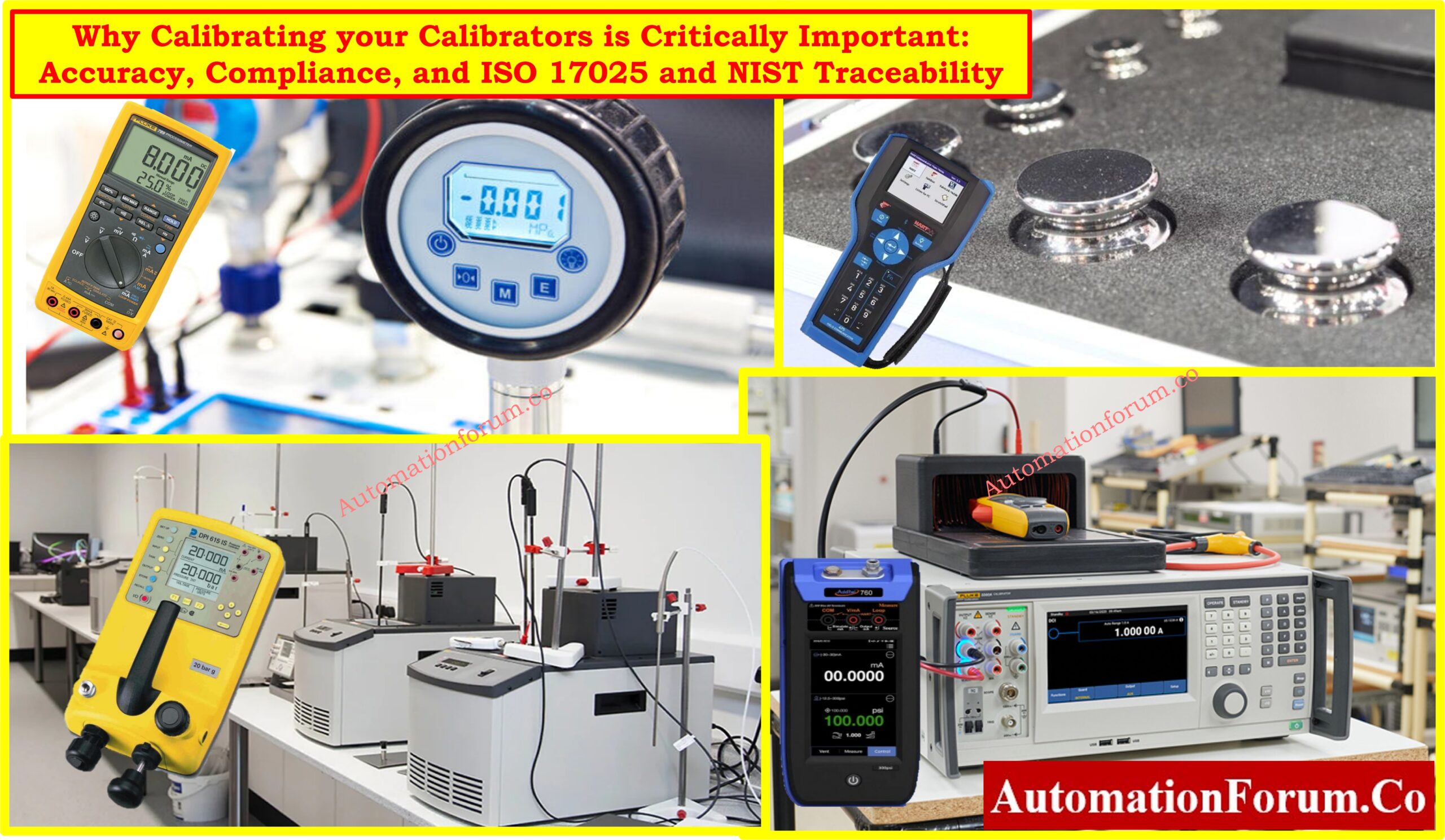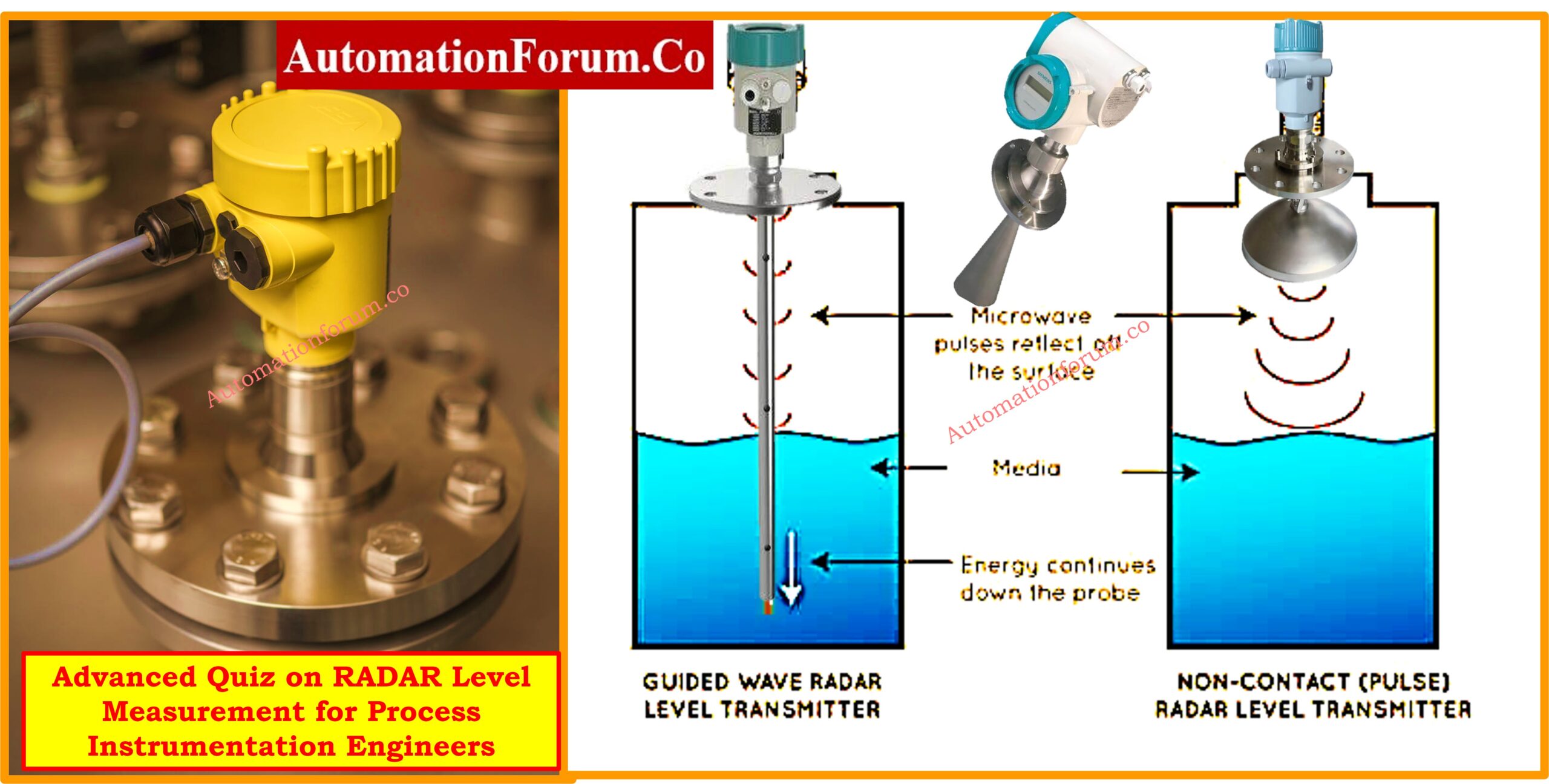Control valves function through modifications to the flow passage diameter which directs signal-controlled flow adjustments. A control valve moves its stem fully open to fully closed through a distance determined by the incoming control signal.
Control valves serve as necessary components within various industrial settings which include chemical processing along with power plants and water treatment and HVAC systems. Process control efficiency depends on precise stroke length determination which produces accurate flow rate values alongside helping detect valve functional issues.
How to calculate stroke length?
Formula for Control Valve Stroke Length Calculation
The stroke length requires calculations based on this mathematical formula:

Definitions of Parameters
- Input mA: The controller transmits the input signal which operates between 4 to 20mA and is expressed as milliampere (mA).
- Full Stroke Length: The maximum movement of the valve stem (in mm or inches).
- Stroke Length: The valve stem achieves its defined movement in response to the applied mA signal.
- 4-20mA Standard Signal: The 4-20mA standard signal represents an industrial loop system which uses 4mA to indicate complete closure while 20mA signals full valve opening.
Essential Control Valve – Why You Should Use Control Valve Positioners?
Use of the Stroke Length Calculation
This calculation is crucial in:
- Valve Positioning: The precise placement of valves will help the device respond properly to control signals to avoid both excessive and inadequate fluid flow regulation. The precise positioning serves two essential purposes which are both needed for optimal system functionality and reduced mechanical strain on valve elements.
- Process Control: IThe management of process flow rates in industrial uses becomes essential for productive system operations and product outcome quality. Operational problems arise from improper stroke length adjustment because it affects flow rate performance which creates both equipment damage potential and resource losses. The stroke length calculation enables precise control of process variables including pressure and temperature along with fluid levels in industrial systems.
- Troubleshooting: The measured stroke length against calculated values helps identify control valve failures through identification of actuator problems and calibration issues and mechanical blockages. The inspection enables engineers to detect if the problem exists within the control signal system or in the actuator and valve mechanical components.
Troubleshooting Checklist for – Checklist for Troubleshooting Control Valve in DCS Loop
- Calibration: The control valve’s operation depends on proper calibration because it makes sure the valve functions accurately throughout its designed range with input signals. Regular checks of stroke length contribute to control system dependability by preventing unintentional deviations which could create operational issues or safety threats. The process of calibration takes into account device wear to guarantee precise valve movement throughout its operational life.
Refer the below Inspection Checklist for – Checklist for Conducting a Running Inspection of a Control Valve in a Process Area
Example Stroke Length Calculation
Example 1:
Given:
- Full Stroke Length = 100 mm
- Input Current = 12mA

When the input current reaches 12mA the valve achieves 50mm of movement representing 50% of its possible open position.
Example 2:
Given:
- Full Stroke Length = 150 mm
- Input Current = 16mA

When the input current reaches 16mA the valve opens to a stroke length of 112.5mm which corresponds to 75% open position.
Must-Know Stroke Checking – Stroke Checking of Control Valve
Additional Considerations
- Non-linearity:Less than linear stroke characteristics found in equal percentage valves and similar valve types need alternative calculation methods that include calibration elements.
- Hysteresis: The valve controls differ in stroke length when typical signals vary during upwards versus downwards movement. This phenomenon is known as hysteresis.
- Position Feedback: A positioner enables control systems to enhance accuracy through its ability to address position-related deviations.
- Reverse Acting Valves: The value of stroke measurement in reverse-acting valves operates differently with stroke length inversely proportional to increasing mA signals.
- Stroke Length Accuracy: The accuracy of stroke length depends on using external measuring instruments for proper calibration checks which must be performed periodically to prevent process deviations.
- Effect of Fluid Pressure and Temperature: The stroke length performance of actuators becomes affected when fluid pressure changes and when temperature shifts occur.
- Actuator Type Consideration: Stroke response times and operational behaviors differ between pneumatic electric and hydraulic actuators which affects their capability to effectively control valve stroke length.
Crucial Control Valve – Why is Control Valve Actuator Bench Set Important ?
By understanding and using this stroke length calculation method, operators can ensure efficient and precise control of valve movement in industrial applications.
FAQ on Control Valve Stroke Length Calculation
What is stroke length in control valve?
The maximum length which a pneumatic cylinder moves its load defines stroke length. During system design selection the stroke length requires serious attention since it determines both performance quality and operational efficiency of pneumatic systems.
The period for valve operation duration is known as stroke time.
What is the stroke time for a valve?
The full stroking time needed to reach safety position must stay below 1 second for each inch of valve flange diameter when the valve diameter is 20 inches or smaller and never exceed 15 seconds.
What is stroking time in a control valve?
Pneumatic valves with such dimensions take one second to open (close) for every one inch of valve size. Industrial and safety criteria determine how long a valve takes to open or close through its stroke function.
Test your knowledge – Quiz on Control Valve Actuator Troubleshooting





